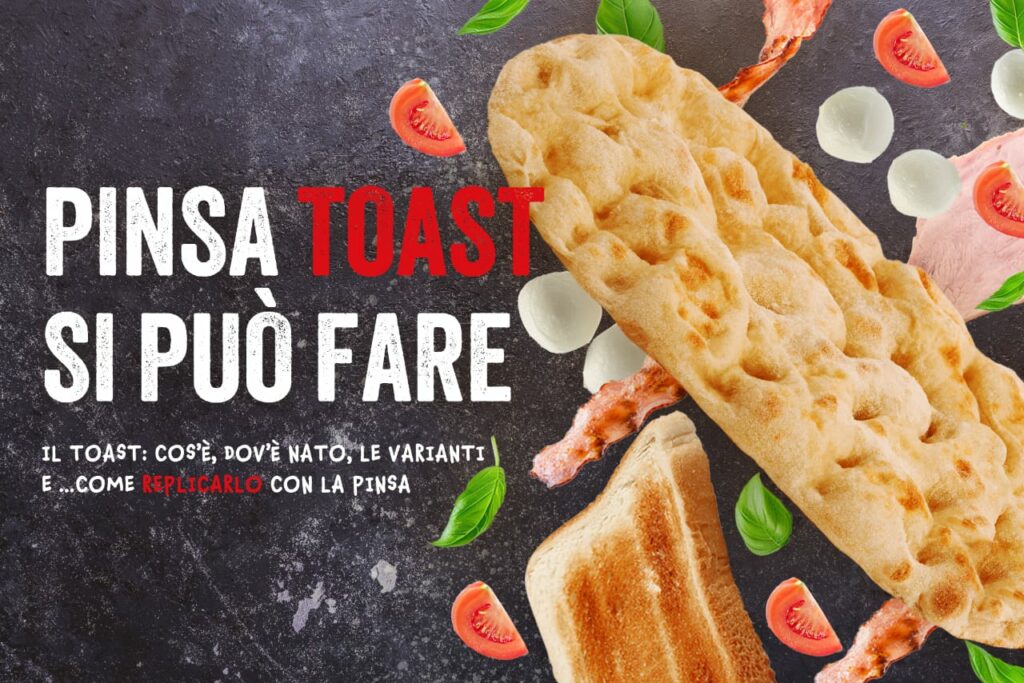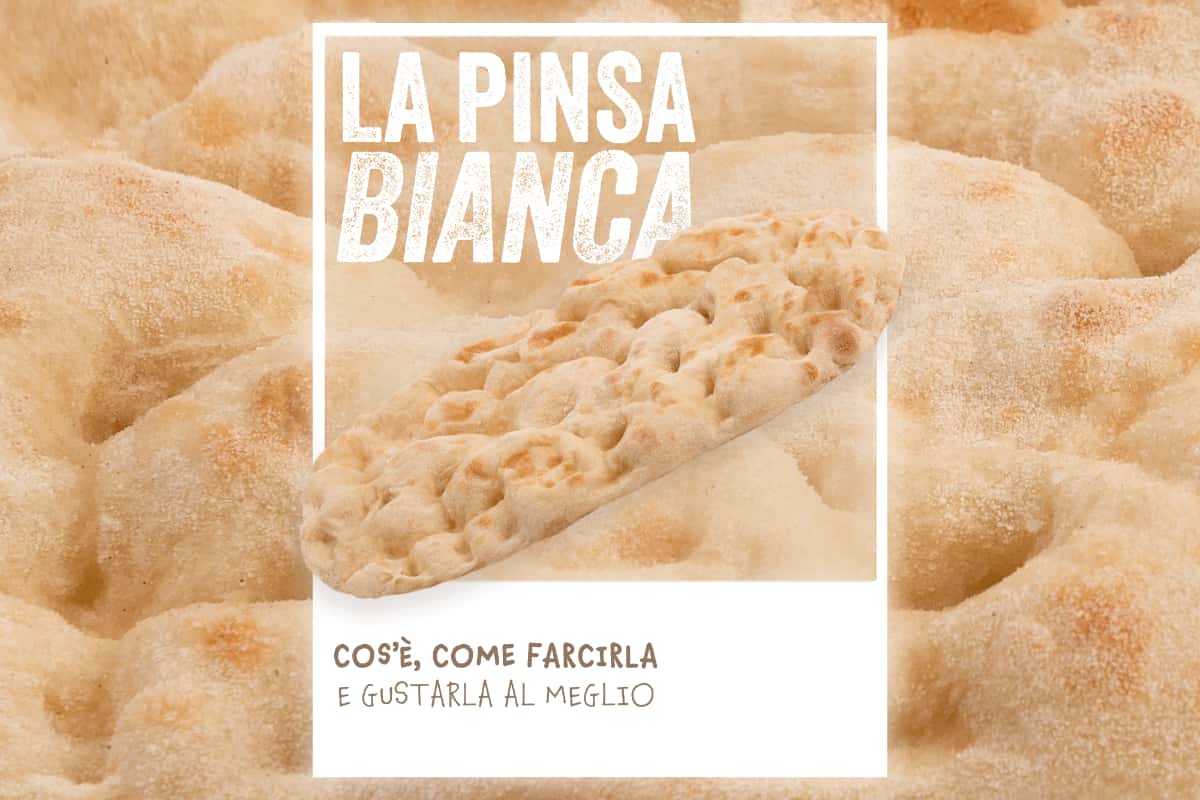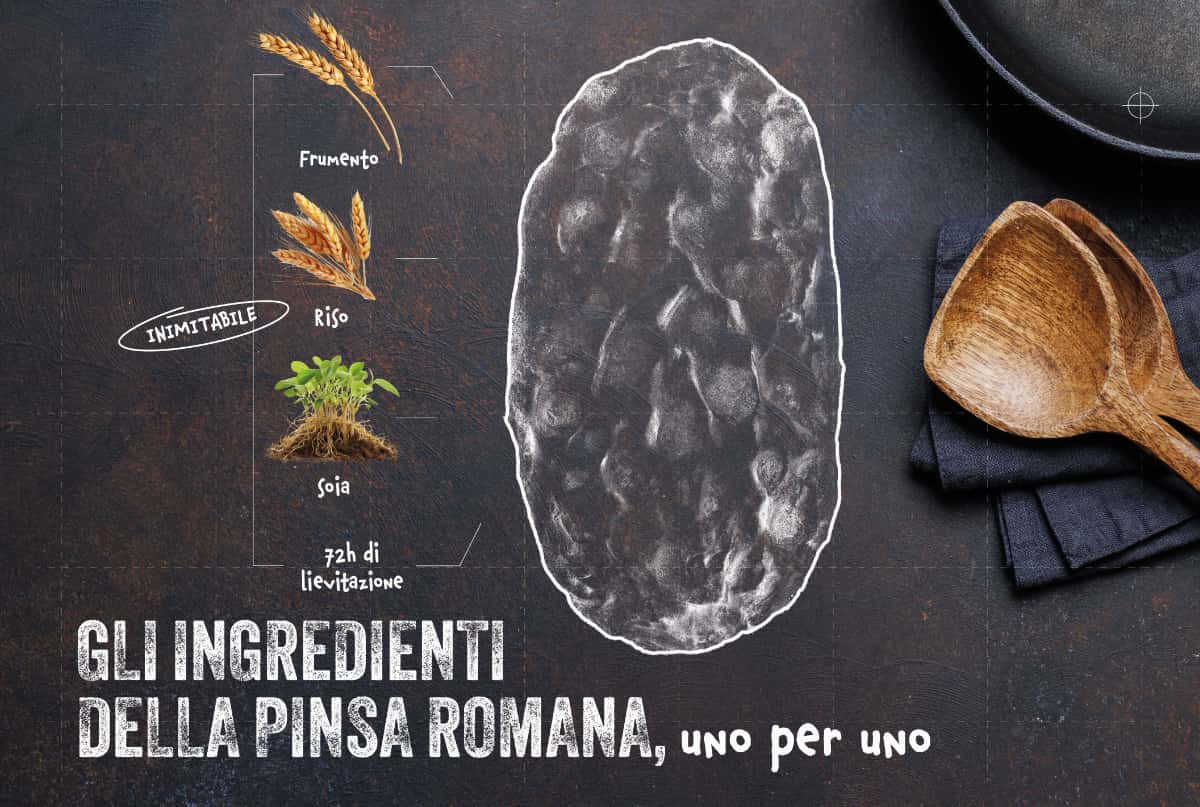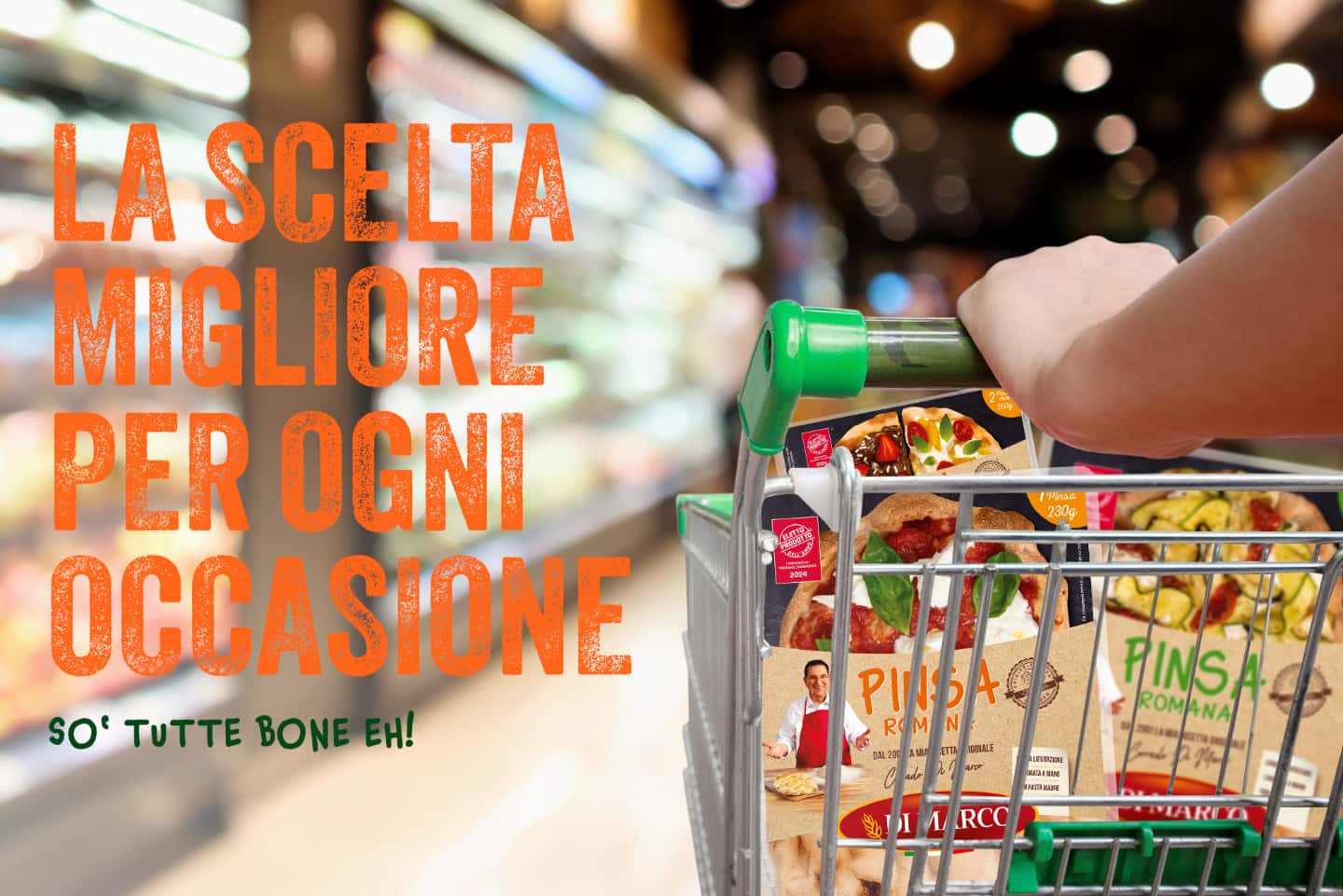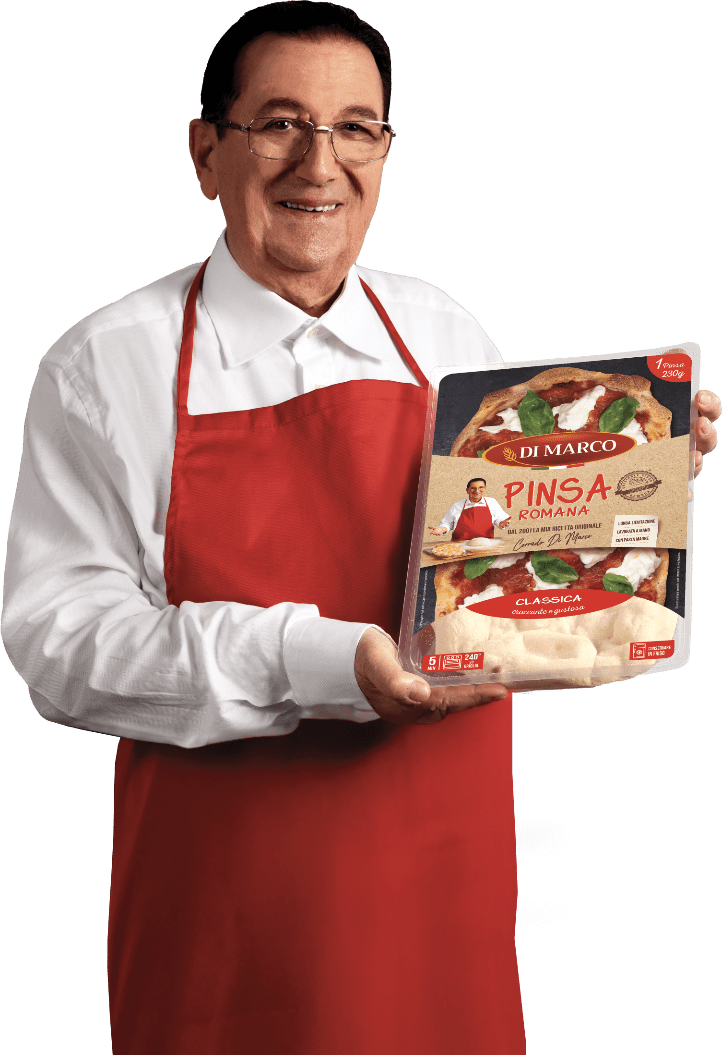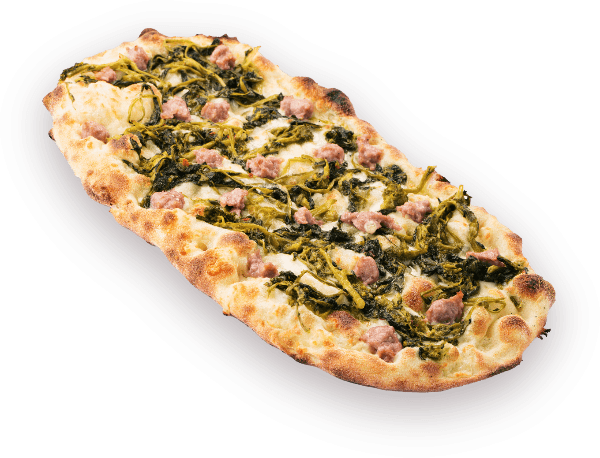If there is a simple dish that unites much of the world, albeit with the inevitable variations, it is toast. It is one of the simplest and most versatile dishes, loved because it is easy to make and suits many tastes and preferences.
From the classic ham and cheese toast to the refined French croque monsieur to the British breakfast beans on toast, this preparation is a truly universal comfort food. Let’s find out its origins, variants, and then have fun comparing it with pinsa, considering their respective peculiarities.
Toast: what it is and how it came into being
The first question, what is toast?, is quickly answered. It is sliced bread toasted with radiant heat, usually inside a specific appliance, called a toaster. Toasting makes the bread crispy and tasty.
It is a lot harder to find out where toast actually came from, especially as each source gives their own version of the facts. There are three things we know for sure:
- It is a fascinating tale that crosses centuries and cultures;
- The word comes from Latin, from the past participle tostum, meaning something roasted or burned;
- The practice of toasting bread is related to the desire to make it last longer. The fact that it is also very tasty is just a consequence.
Some scholars speculate that toasting bread started in ancient Rome, where it was used as a base for croutons and other preparations. Others, however, focus on the medieval period, particularly in France, where “tostum” bread accompanied wine especially at important events such as birthdays. Toast has survived to the present day as a simple, versatile dish accessible to all, even if there are also rich and popular variations.
Another interesting story is that of the invention of the electric toaster in 1893 by Alan MacMaster. Although its initial success was limited due to the lack of electricity in most places, it paved the way for a real revolution in the way toast was prepared, making it easier, faster, and more uniform throughout the world. Needless to add, the toaster has survived to the present day.
Toast in the world: 4 particularly successful examples
Such a good, simple and versatile dish can only conquer the world. And it has. It is called differently, it is prepared differently, but it is really hard to find a food culture that does not appreciate the goodness of toasted bread. Here are a few examples.
Grilled Cheese
In the United States, a popular dish is Grilled Cheese, which is two slices of white bread buttered on the outside, with a filling of cheddar cheese that melts and makes the bread golden and crispy. Delicious, albeit not the best choice for a low-calorie diet.
Croque Monsieur
This is an elaborate and refined French dish. It consists of two slices of white bread, with a filling of ham and Gruyère cheese. The sandwich is covered with béchamel sauce, sprinkled with grated cheese and baked in the oven. There is also a Croque Madame variant, with a fried egg on top.
Fettunta
In Italy, toast consists of two slices of toasted bread with cheese and ham. Extremely simple and tasty, it can be prepared in a matter of minutes and is great for breakfast, as a snack, or for any other occasion. There are many variations of it, some of which are close to another typical dish: bruschetta. Fettunta, for example, is a slice of Tuscan bread toasted on a grill or in the oven, rubbed with fresh garlic and seasoned with plenty of extra virgin olive oil, preferably locally produced.
Club Sandwich
It is a variation of the toast, popular in the Anglosphere, famous for its multi-layered structure.
In fact, the sandwich has three slices of toasted white bread, with a filling of slices of roasted turkey or chicken, crispy bacon, fresh lettuce, ripe tomatoes, and mayonnaise. Each layer is arranged to ensure balance of flavours and textures.
Pinsa and toast: different, but with interesting features in common
Pinsa and toast are two distinct dishes with different origins and unique histories. Toast has spanned the centuries, evolving from a simple toasted bread designed to extend shelf life to an international comfort food with countless regional variations. Pinsa, on the other hand, is a recent creation, born in the early 2000s to answer the new food trends that were beginning to favour lightness and digestibility.
Another difference is their global reach: while toast is widely popular and recognized worldwide, pinsa is making its way in recent years, showing great potential. And who knows, one day it may become an icon of Italian cuisine globally, like so many other famous recipes.
The success of toast depends not only on its flavour, but also on its crunchiness, and this is something they have in common. Crunchiness, in fact, is a defining characteristic of pinsa, due also to the use of rice flour in the dough that helps create an outer crust while the inside remains soft and light. Pinsa is not “toasted,” but crispness is part of its DNA, and that is also how it differs from pizza.
One thing the two dishes have in common is the filling. There are no limits in this regard. However, pinsa is not meant to replace an iconic and established dish such as toast. Rather, it may be interesting to experiment with pinsa some of the typical toast fillings: starting with the classic ham and cheese, international variations can also be explored to discover new flavours. For example, you could try a pinsa with a club sandwich-style filling, with turkey, bacon, lettuce and tomato, or a version inspired by the Indian Bombay sandwich, with spiced vegetables and mint and cilantro chutney. These experiments can offer new and delicious dining experiences, celebrating both tradition and innovation.

